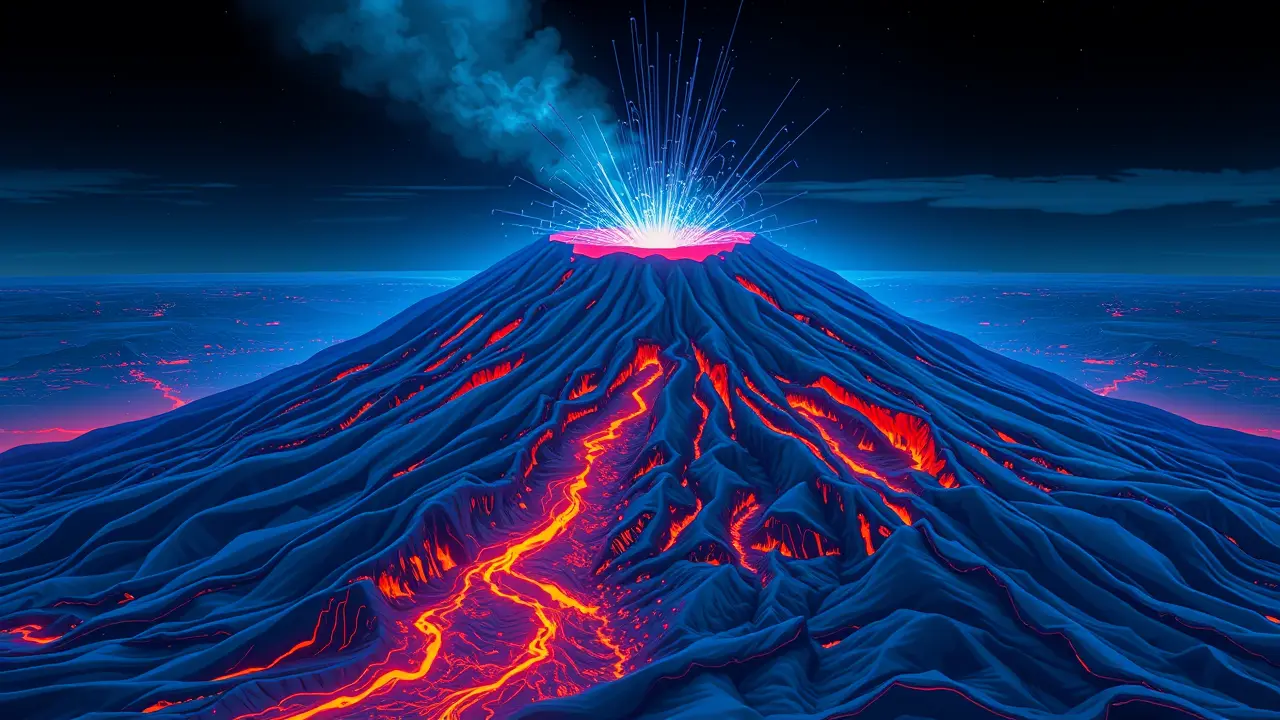Iran's Taftan Volcano Shows Signs of Activity After 700,000 Years
For seven hundred millennia, the Taftan volcano in southern Iran has been a geological sleeper, a slumbering giant whose only hint of life was a quiet, persistent leak of sulfur into the atmosphere, a whisper against the eons of silence. But now, the unblinking eye of orbital surveillance has caught something stirring at the summit, a subtle yet significant shift that has the scientific community leaning in with a mixture of profound curiosity and cautious alarm.Over a ten-month observational window, satellite data has detected measurable ground deformation and thermal anomalies, signals that suggest a reawakening of the magmatic systems deep beneath the ancient caldera. This isn't merely a mountain exhaling; it's the potential beginning of a new chapter in a lifecycle we thought had reached its conclusion.To understand the magnitude of this event, one must consider the cosmic timescales at play. Seven hundred thousand years ago, when Taftan was last active, Homo sapiens were just beginning our journey out of Africa, and the world was a different planet.For a volcanic system to remain dormant for such an immense span—surviving ice ages, continental shifts, and the rise and fall of civilizations—only to now show signs of reanimation challenges our very definitions of 'active' and 'extinct. ' The mechanisms driving this resurgence are likely tied to the complex tectonic dynamics of the region, where the Arabian plate continues its relentless collision with the Eurasian plate, generating immense subterranean pressures and creating pathways for molten rock to ascend from the mantle.This is not an isolated incident but part of a broader, global pattern of geological unrest, a reminder that the Earth's engine is never truly off. Experts from vulcanology institutes are now parsing the data with a fine-tooth comb, comparing Taftan's subtle tremors to precursors observed at other long-dormant volcanoes like Alaska's Fourpeaked Mountain, which surprised everyone with a minor eruption in 2006 after 10,000 years of quiescence.The critical question is one of trajectory: are we witnessing the first, faint coughs of a system that will settle back into slumber, or the initial rumblings of a much larger, more sustained eruptive phase? The consequences are multifaceted. From a purely scientific standpoint, Taftan offers an unprecedented natural laboratory to study the re-initiation of a magmatic system, data that could refine our predictive models for volcanic hazards worldwide.For the local populations in Iran's Sistan and Baluchestan Province, the implications are starkly practical, necessitating urgent updates to emergency response plans and communication strategies for communities that have never considered the mountain a threat. The environmental impact of even a minor eruption could be significant, with potential for ash clouds affecting air travel and sulfur dioxide emissions influencing regional climate patterns. This reawakening serves as a humbling testament to the dynamic, living nature of our planet, a world where the ground beneath our feet is not a passive stage but an active participant in an ongoing geological drama whose script is written in fire and time.
It’s quiet here...Start the conversation by leaving the first comment.
